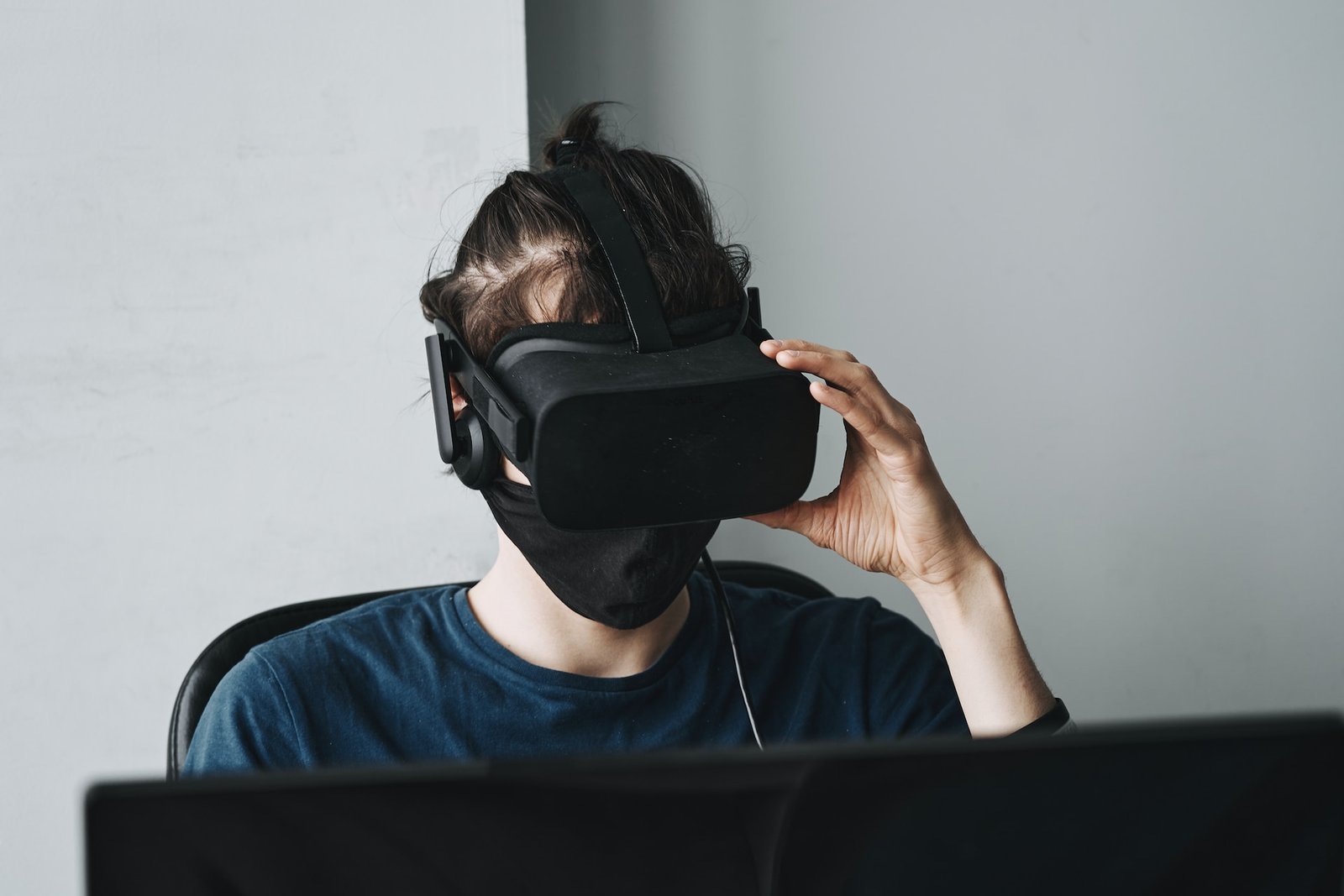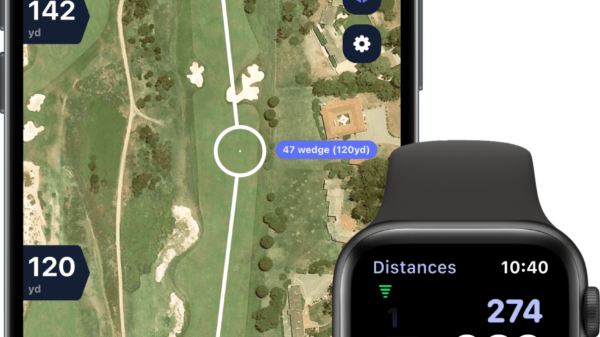Get ready to embrace the future with open arms - the top 10 tech trends of 2023 are about to revolutionize the world!"
- In 2023, AI is anticipated to make significant strides and find more uses in various industries.
.
- Faster speeds and more dependable connections are provided by 5G technology, which has several advantages in various industries.
- Staying ahead of the curve and adjusting to the always-changing digital world must prepare for these technical developments and trends.
- In a digital era, cybersecurity is still of utmost importance, and new developments are predicted to be developed in this area to protect sensitive data.
- Edge computing will become increasingly significant as more gadgets are connected to the internet, offering faster and more efficient data processing.
- With developments anticipated in the industry in 2023, quantum computing can address issues that traditional computing cannot.
- Staying ahead of the curve and adjusting to the always-changing digital world must prepare for these technical developments and trends.
INTRODUCTION
Tech trends are the most recent changes and developments in the technology industry. Augmented reality, virtual reality, and fifth-generation (5G) technology are only a few examples of the broad spectrum of issues that these trends might cover. Tech developments in 2023 are expected to impact a wide range of industries and individuals significantly.
It is crucial to keep current and competitive in today's fast-paced, ever-changing world to stay on top of the most recent technological developments. Technological trends may profoundly influence how we live, work, and interact with others. Therefore, comprehending the most recent technological developments is essential to keep on top of the curve and planning for the future.
The top 10 tech trends for 2023 will influence many sectors and individuals. We'll examine the latest developments in each field. Possible future directions for each trend. This article will provide a complete review of the top 10 trends for 2023 and what everyone needs to know.
The purpose of this article is to provide a comprehensive review of the top 10 technological trends for 2023 and what you need to know to stay current. We will analyze each sector's most recent innovations and developments and the prospects and anticipated evolution of each trend over the next several years. Whether you are a futurist, tech geek, or simply interested in what's to come, this article will provide the information you need to keep up.
ARTIFICIAL INTELLIGENCE

Photo: growtika

Photo: ADMC

Photo: Stl

Photo: Maxim Tolchinskiy
 A decentralized digital ledger using blockchain technology keeps track of transactions made among several computers. It employs cryptography to safeguard and validate transactions and ensure impenetrable data. With the invention of the Bitcoin cryptocurrency in 2008, blockchain technology was first made available.
Since its inception, blockchain technology has evolved greatly and has found applications beyond just cryptocurrency. In recent years, blockchain has been adopted by many industries, including finance, healthcare, and supply chain management. In addition, advancements in blockchain technology have made it possible to create private, permitted blockchains that companies can use to improve their operations and secure their data.
Blockchain technology allows banking institutions to move money across borders without using mediators. In addition, the healthcare industry is storing and transferring patient data among healthcare professionals. Finally, blockchain technology is applied to supply chain management to enhance product transparency and traceability.
Many sectors are anticipated to continue implementing blockchain technology in 2023 to enhance their processes and safeguard their data. Businesses will also be able to automate their processes thanks to improvements in blockchain technology, which will save costs and boost efficiency.
CYBERSECURITY
A decentralized digital ledger using blockchain technology keeps track of transactions made among several computers. It employs cryptography to safeguard and validate transactions and ensure impenetrable data. With the invention of the Bitcoin cryptocurrency in 2008, blockchain technology was first made available.
Since its inception, blockchain technology has evolved greatly and has found applications beyond just cryptocurrency. In recent years, blockchain has been adopted by many industries, including finance, healthcare, and supply chain management. In addition, advancements in blockchain technology have made it possible to create private, permitted blockchains that companies can use to improve their operations and secure their data.
Blockchain technology allows banking institutions to move money across borders without using mediators. In addition, the healthcare industry is storing and transferring patient data among healthcare professionals. Finally, blockchain technology is applied to supply chain management to enhance product transparency and traceability.
Many sectors are anticipated to continue implementing blockchain technology in 2023 to enhance their processes and safeguard their data. Businesses will also be able to automate their processes thanks to improvements in blockchain technology, which will save costs and boost efficiency.
CYBERSECURITY

Photo: Linford

Photo: Innovation of work

Photo: Geralt

Photo: Gmo




 A decentralized digital ledger using blockchain technology keeps track of transactions made among several computers. It employs cryptography to safeguard and validate transactions and ensure impenetrable data. With the invention of the Bitcoin cryptocurrency in 2008, blockchain technology was first made available.
Since its inception, blockchain technology has evolved greatly and has found applications beyond just cryptocurrency. In recent years, blockchain has been adopted by many industries, including finance, healthcare, and supply chain management. In addition, advancements in blockchain technology have made it possible to create private, permitted blockchains that companies can use to improve their operations and secure their data.
Blockchain technology allows banking institutions to move money across borders without using mediators. In addition, the healthcare industry is storing and transferring patient data among healthcare professionals. Finally, blockchain technology is applied to supply chain management to enhance product transparency and traceability.
Many sectors are anticipated to continue implementing blockchain technology in 2023 to enhance their processes and safeguard their data. Businesses will also be able to automate their processes thanks to improvements in blockchain technology, which will save costs and boost efficiency.
CYBERSECURITY
A decentralized digital ledger using blockchain technology keeps track of transactions made among several computers. It employs cryptography to safeguard and validate transactions and ensure impenetrable data. With the invention of the Bitcoin cryptocurrency in 2008, blockchain technology was first made available.
Since its inception, blockchain technology has evolved greatly and has found applications beyond just cryptocurrency. In recent years, blockchain has been adopted by many industries, including finance, healthcare, and supply chain management. In addition, advancements in blockchain technology have made it possible to create private, permitted blockchains that companies can use to improve their operations and secure their data.
Blockchain technology allows banking institutions to move money across borders without using mediators. In addition, the healthcare industry is storing and transferring patient data among healthcare professionals. Finally, blockchain technology is applied to supply chain management to enhance product transparency and traceability.
Many sectors are anticipated to continue implementing blockchain technology in 2023 to enhance their processes and safeguard their data. Businesses will also be able to automate their processes thanks to improvements in blockchain technology, which will save costs and boost efficiency.
CYBERSECURITY





































